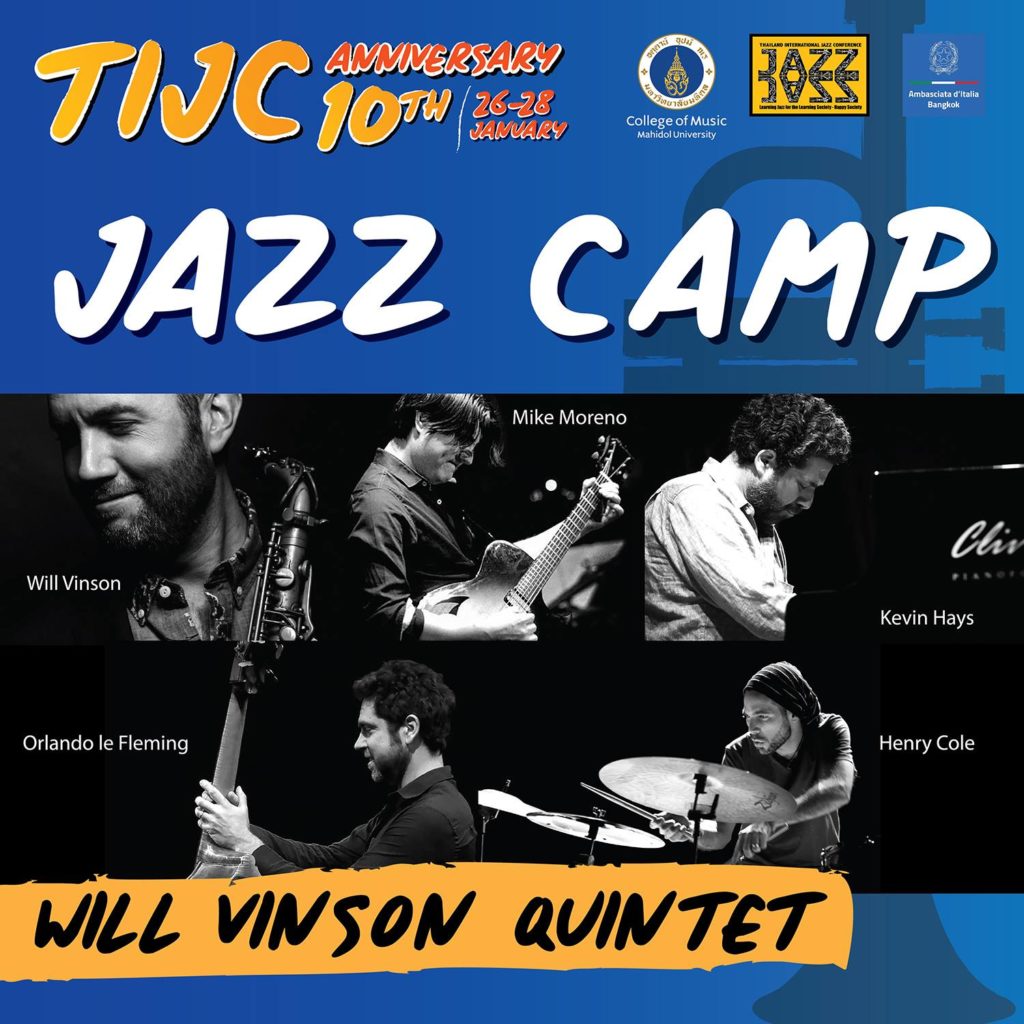
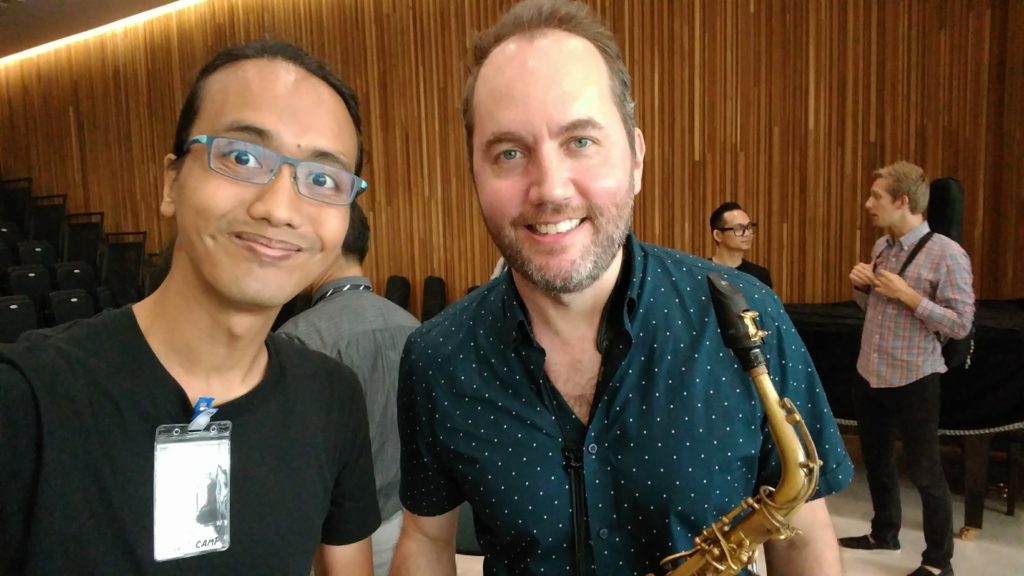
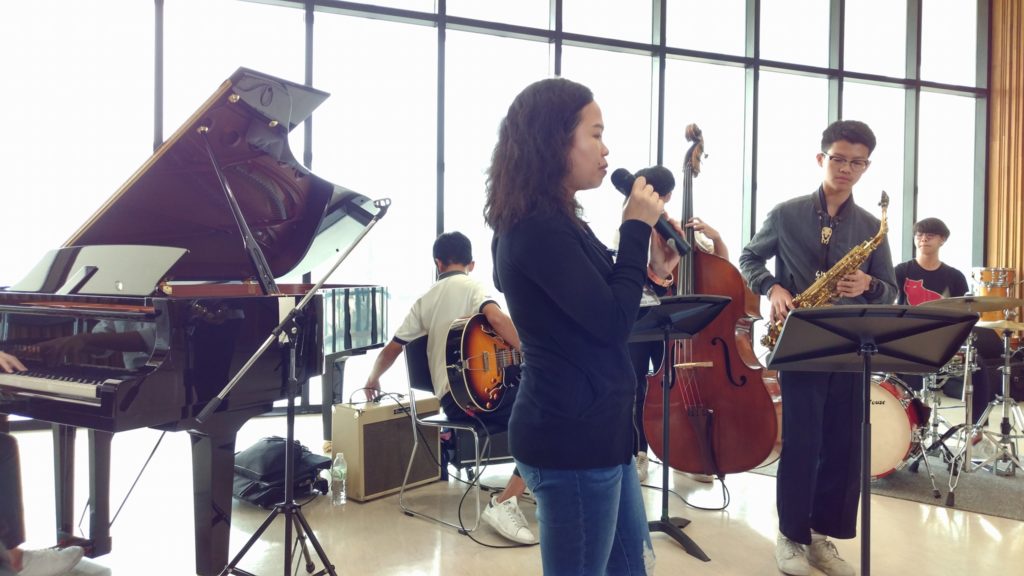
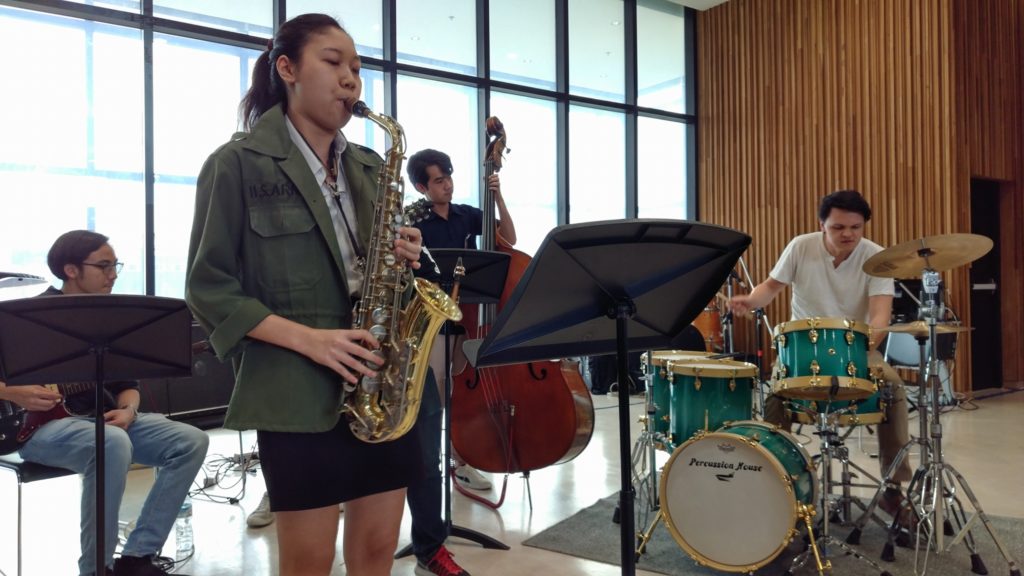
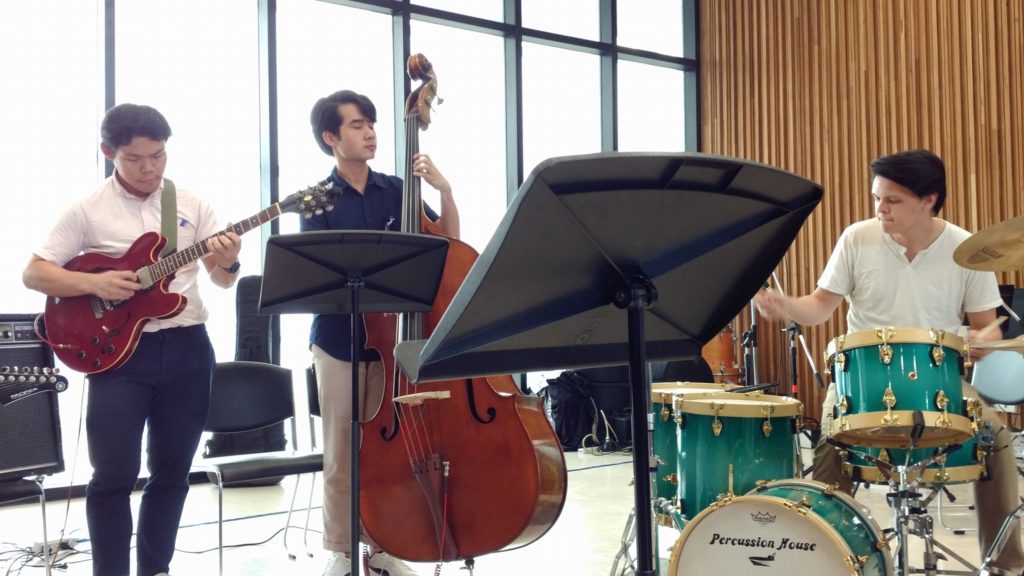
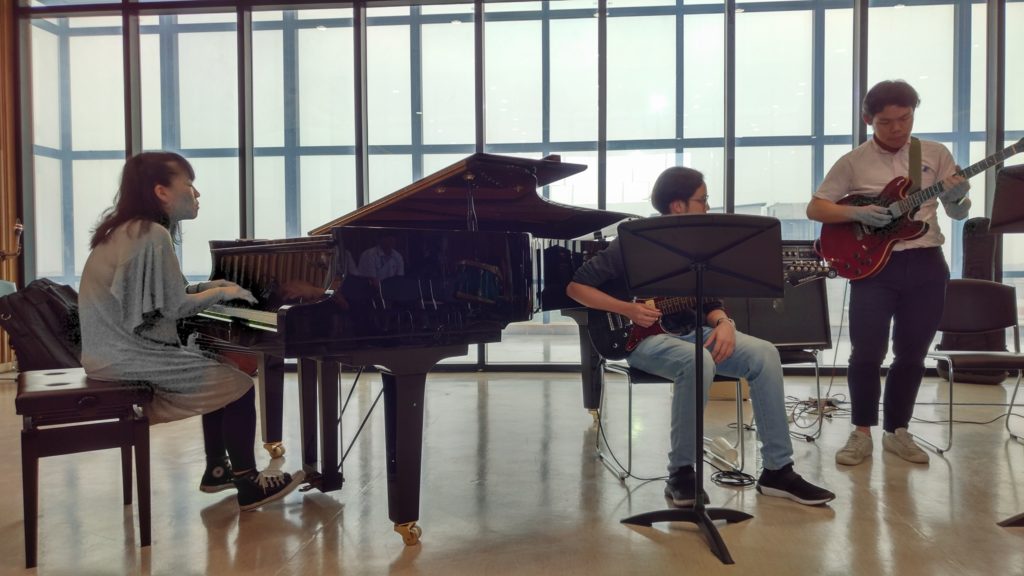
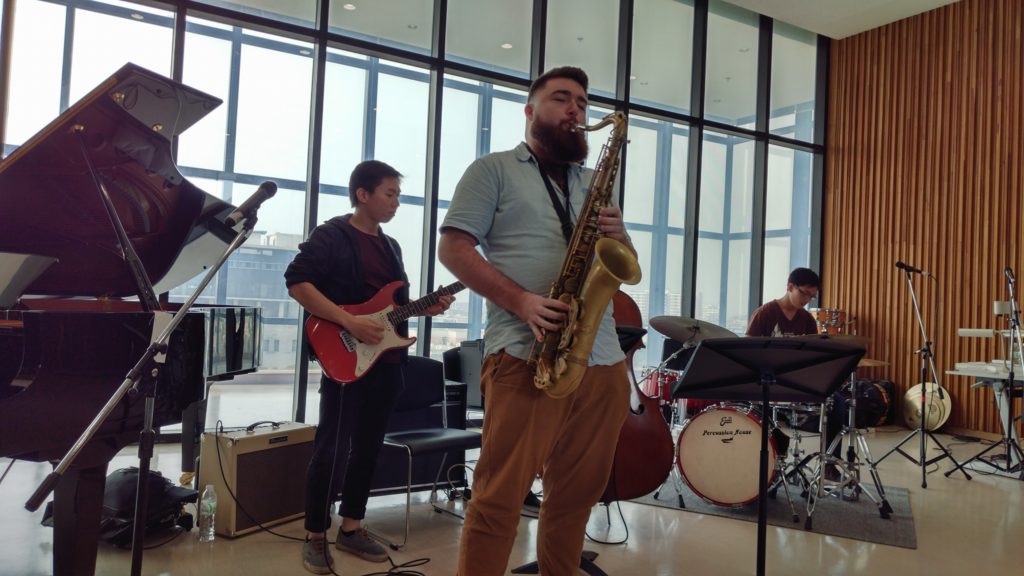

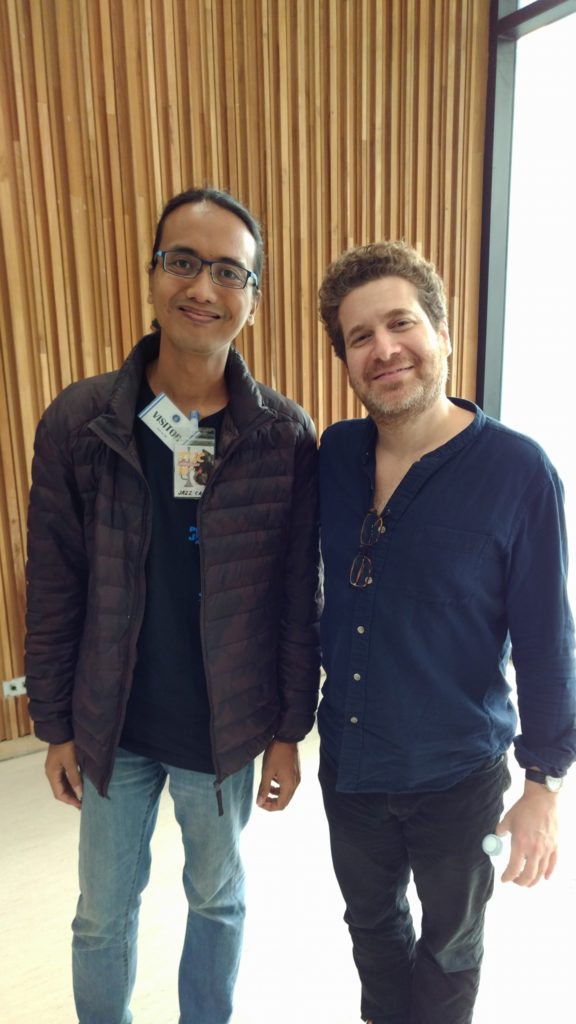
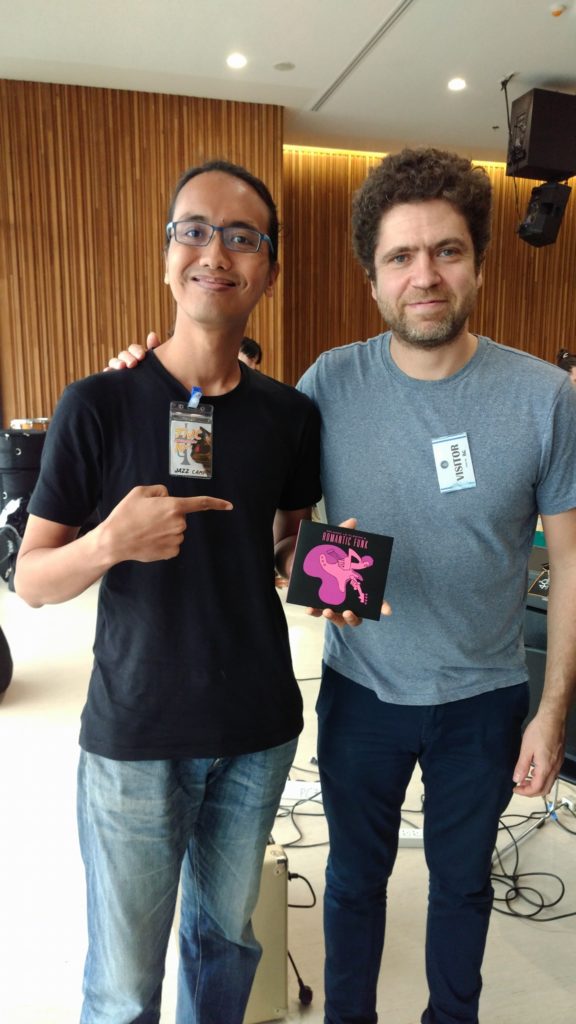
This concludes my take on my experience attending the 3-day Thailand International Jazz Camp 2018. This is my second time attending the camp after attending the conference for the past 3 years. I definitely recommend this as an essential event for jazz students and educators in the region. It’s a great atmosphere with wonderful sessions from world class jazz musicians. Huge congratulations and thanks to the Thailand International Jazz Conference (TIJC) team and to the Will Vinson Quintet for sharing with us their experience and insights. It was epic!
Special thanks to Yin for encouraging me to document this experience via these updates. This is a full version that collects my original FB posts.
Az Samad
Read about:
Thailand International Jazz Camp 2017 with Shai Maestro/Desmond White Group
10 Things I Learned From The Julian Lage TIJC 2017 Workshop
[REVIEW] Thailand International Jazz Conference 2015
Leave a Reply